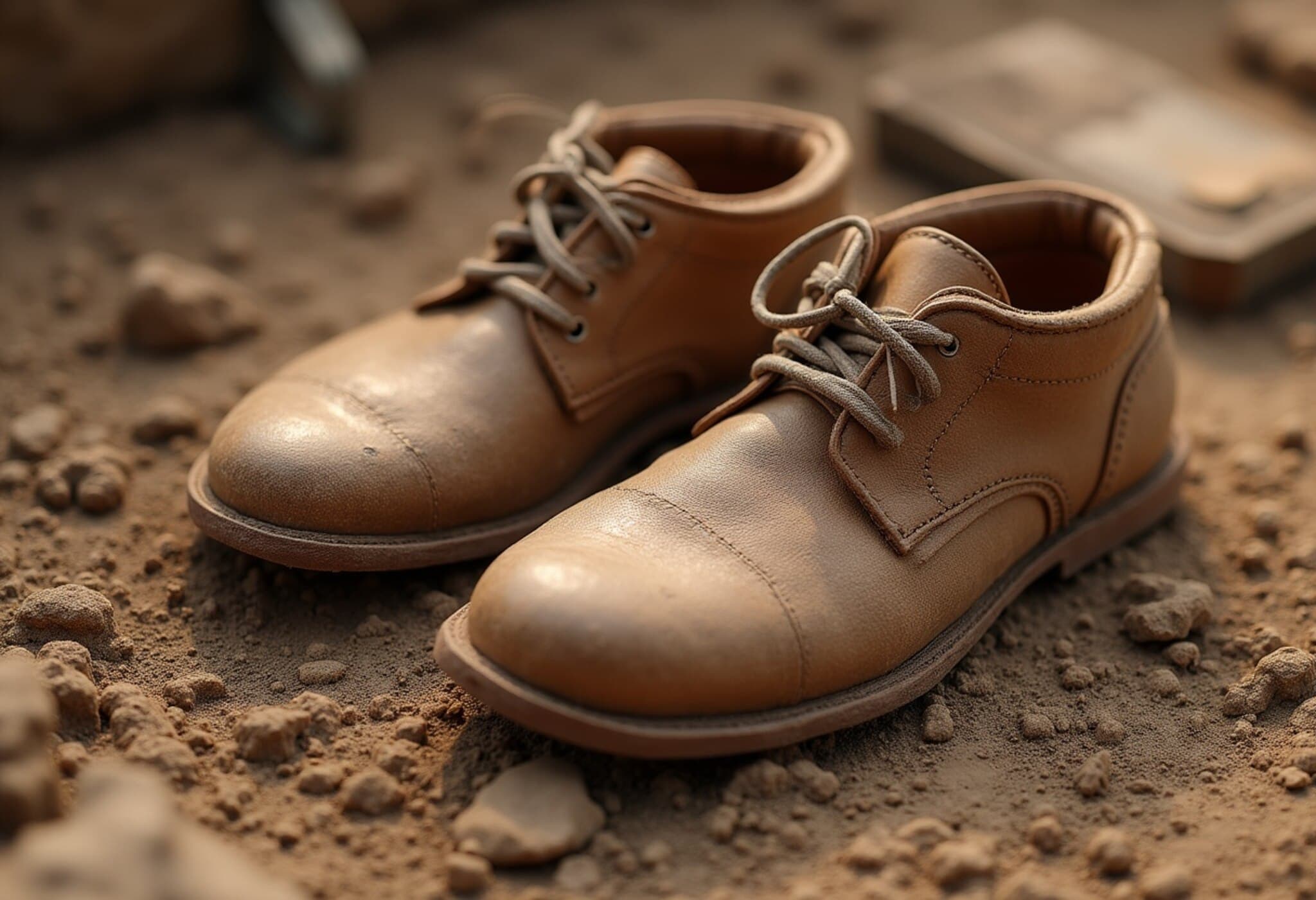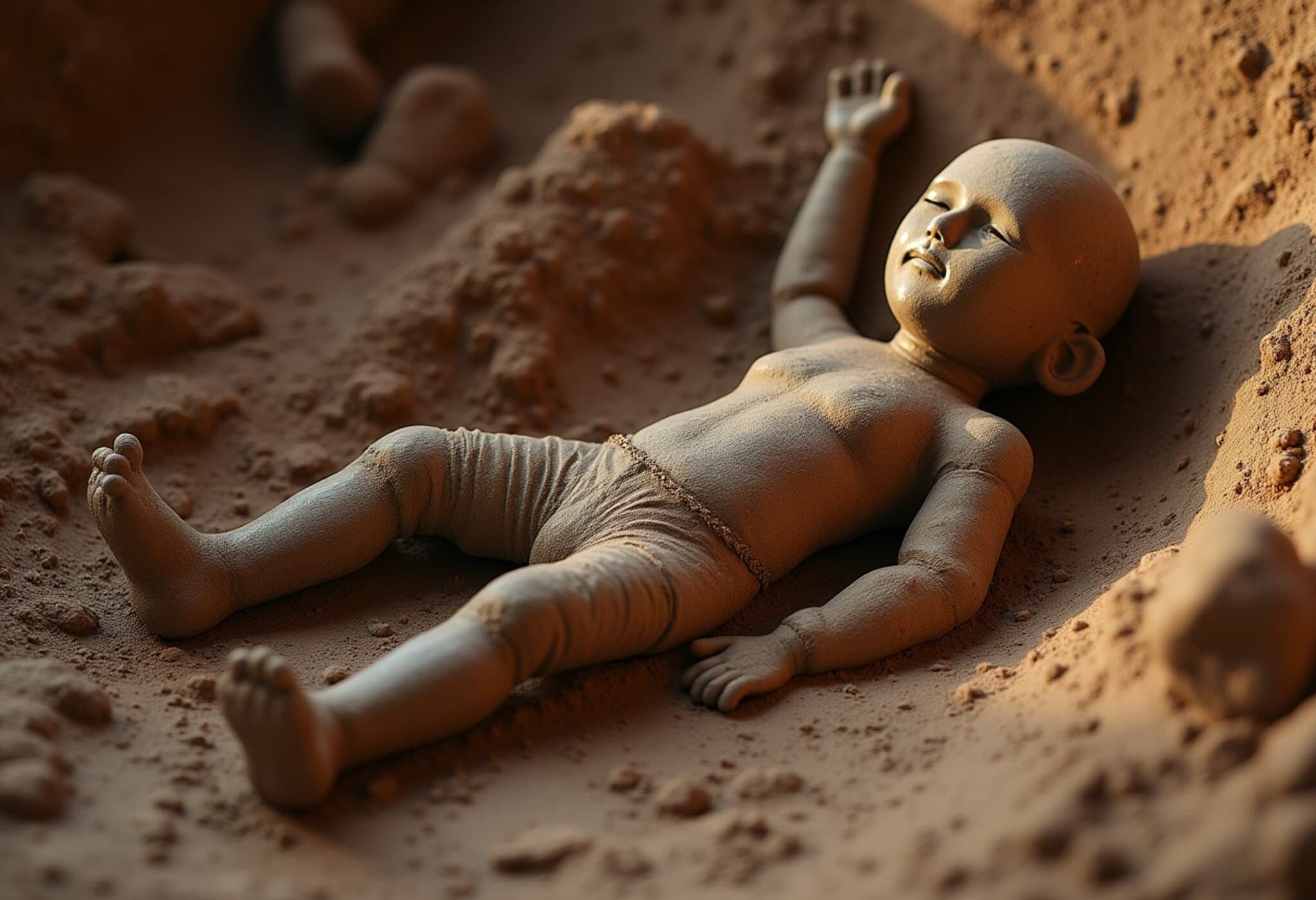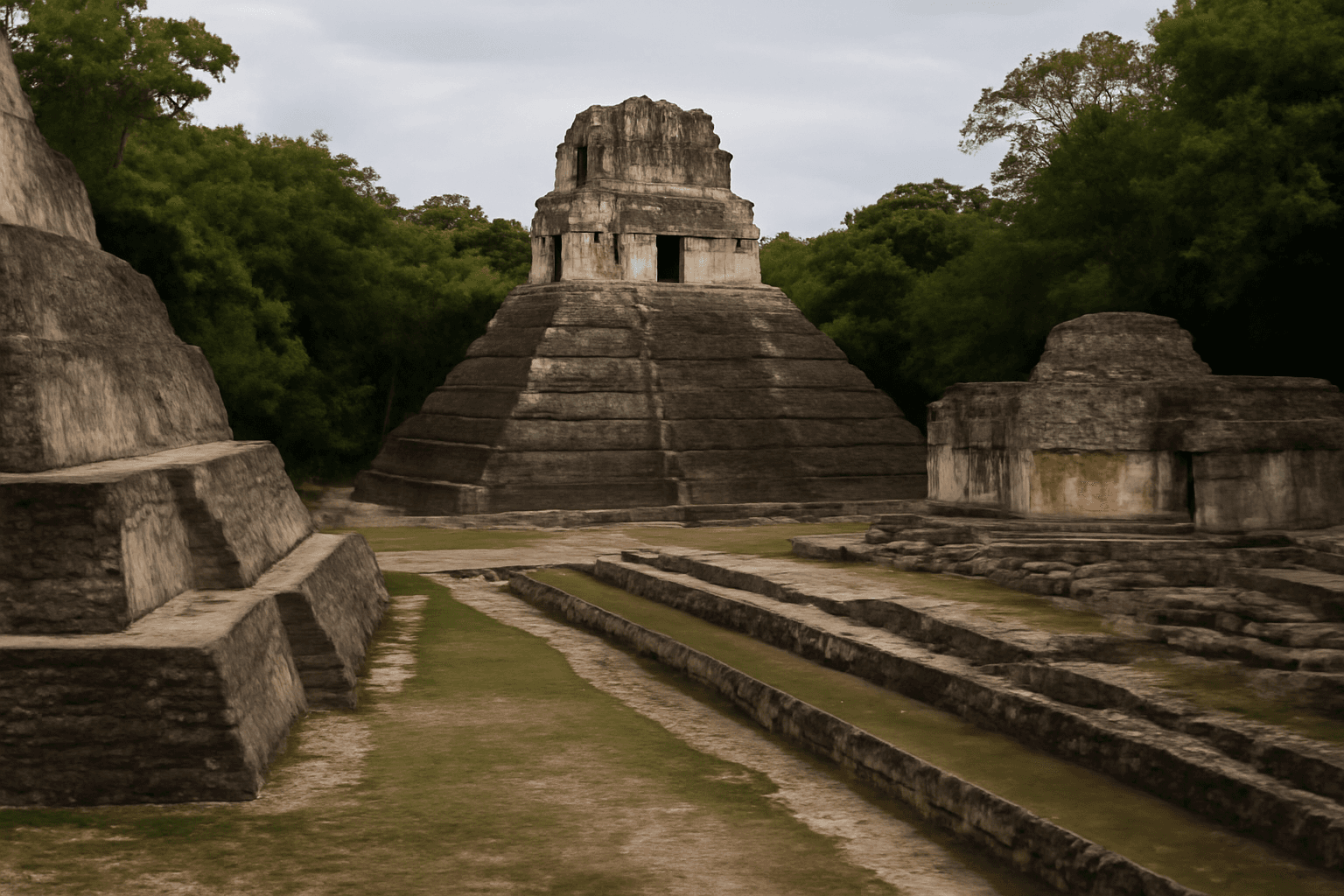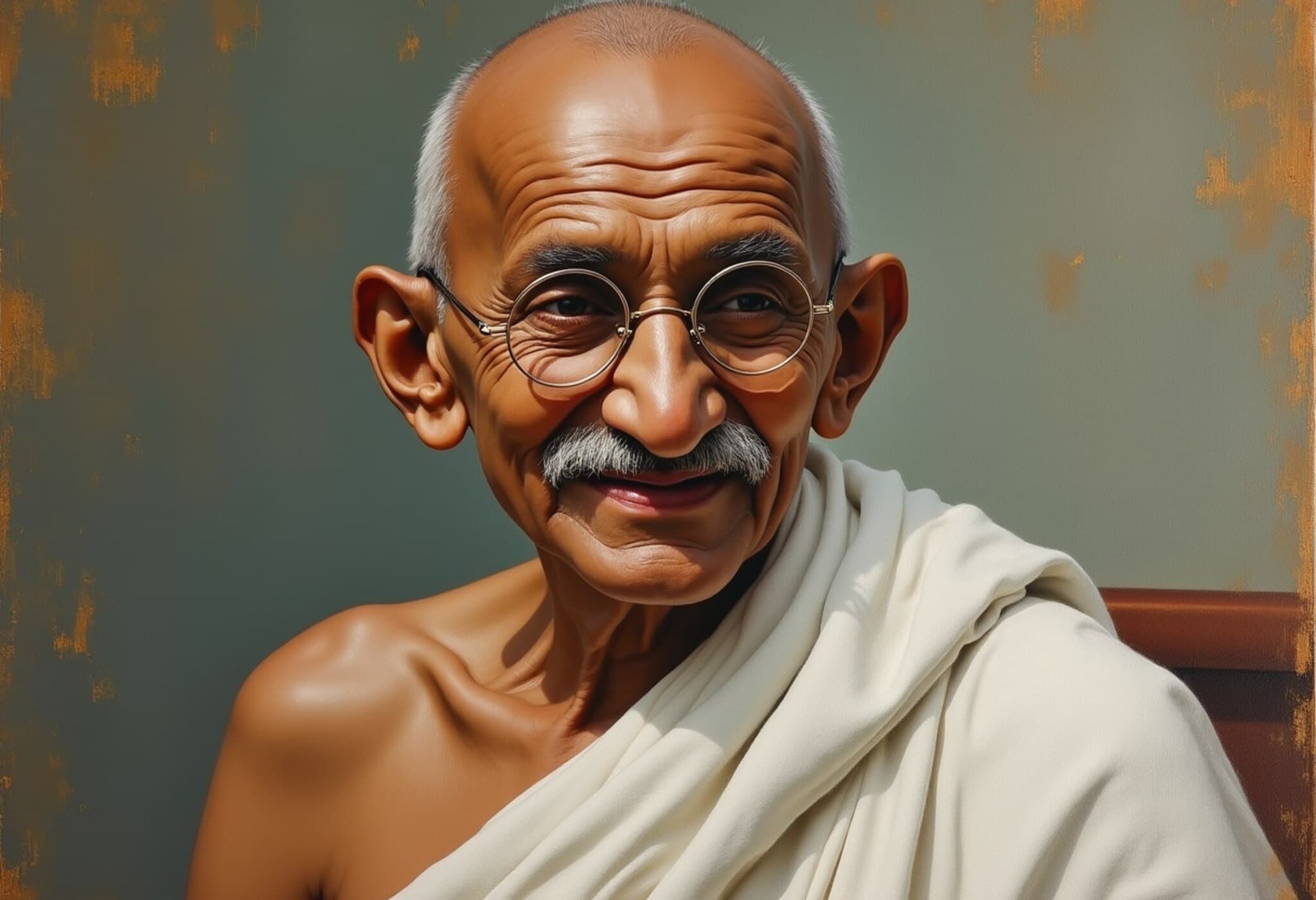Rethinking The Legacy of Pharaoh Hatshepsut
Queen Hatshepsut, one of ancient Egypt’s most remarkable rulers, guided the kingdom through a golden era around 3,500 years ago. Despite her significant achievements as a rare female pharaoh, her legacy was notably erased after her death. For decades, many believed her stepson, Thutmose III, orchestrated this erasure out of resentment or gender prejudice.
The Traditional Narrative: Revenge and Resentment?
Earlier scholarship suggested that Thutmose III sought to obliterate any trace of Hatshepsut’s reign driven by personal vendetta or the belief that a woman should not hold power. This view painted the posthumous campaign of defacement against her statues and monuments as motivated by deep-seated hatred and a desire to erase a female ruler’s historic presence.
Questioning Gender as the Primary Factor
However, new research challenges this longstanding narrative. A recent study from a University of Toronto historian argues that too much weight has been given to Hatshepsut’s gender as the reason behind the attacks. Instead, the study proposes a more nuanced explanation surrounding ritualistic and political necessities.
Political Power Plays and Ritual Necessity Behind the Erasures
When Hatshepsut assumed power, initially as regent to her stepson and later as pharaoh in her own right, she expanded trade routes and commissioned grand architectural projects, including her magnificent mortuary temple near the Nile. After her death, Thutmose III did work to remove evidence of her reign. Yet recent analysis points to this effort being a pragmatic step to consolidate his own legitimacy rather than an act rooted in malice or misogyny.
The research involved a thorough review of statues and artifacts excavated in the early 20th century, many of which bore signs of damage. Rather than interpreting these acts as vindictive, the scholar suggests some destruction was practical – for instance, recycling stone for new building projects was common practice. This reframing casts the erasures as part of ritual succession and statecraft rather than a targeted campaign against a female ruler.
Implications for Understanding Ancient Egyptian Politics
This fresh perspective invites us to reconsider how ancient political transitions worked. Removing or altering predecessors’ images was often a symbolic process meant to reinforce the authority of the new ruler. Labeling Thutmose III’s actions purely as gender-motivated revenge oversimplifies a complex interplay of tradition, religion, and power consolidation.
Conclusion: Beyond the ‘Evil Stepmother’ Myth
While the story of an ‘evil stepmother’ motivated by sexist disdain fits neatly into a dramatic narrative, evidence now suggests that Thutmose III’s campaign against Hatshepsut’s image was less about hatred and more about ritualistic necessity and political pragmatism. This new understanding enriches the discourse on one of Egypt’s most fascinating figures and the dynamics of ancient rulership.











